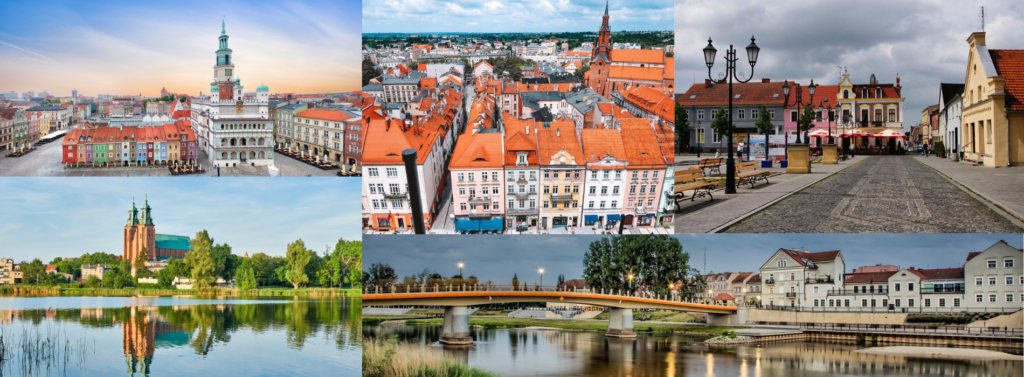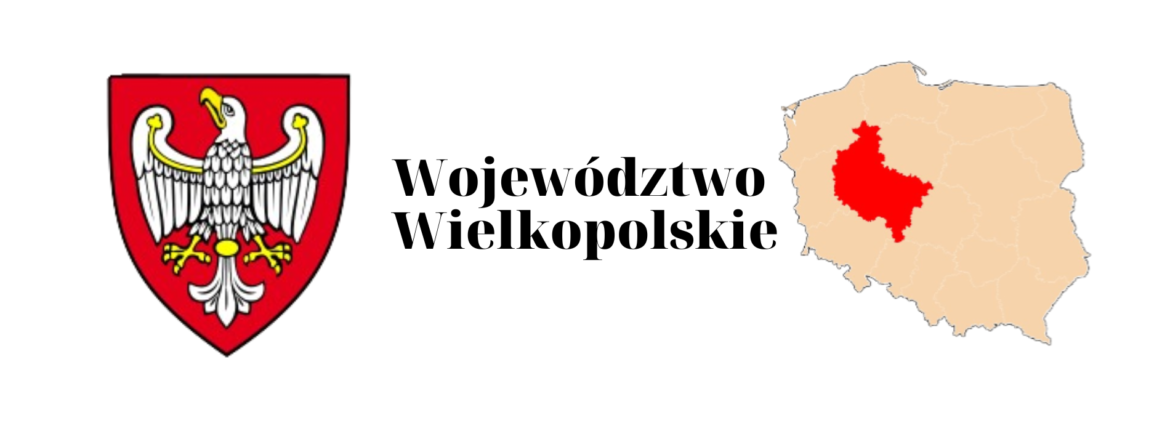Introduction
Nestled in the heart of west-central Poland lies the Greater Poland Voivodeship, a region steeped in history, culture, and tradition. Known as Wielkopolska in Polish, this province is not just geographically significant but also holds a special place in the annals of Polish history. It’s a land where ancient tales intertwine with modern aspirations, where every stone and river has a story to tell.
Historical Roots: The Birthplace of a Nation
Greater Poland is often dubbed the „cradle of Poland.” This isn’t a mere moniker; it’s a testament to the region’s pivotal role in the formation of the Polish state. In the 10th century, the early Polish state had its roots here, with Poznań and Gniezno serving as the epicenters of royal and ecclesiastical power. Gniezno, in particular, witnessed the coronation of the first Polish kings and is home to the Gniezno Doors, a remarkable piece of Romanesque art that chronicles the martyrdom of St. Adalbert.
The region’s historical significance doesn’t end there. Over the ensuing centuries, Greater Poland bore witness to numerous political upheavals, territorial shifts, and spirited uprisings. The Greater Poland Uprising of 1918-1919 is a prime example. This valiant effort by the local populace ensured that the heart of Wielkopolska was integrated into the newly reborn Polish state after World War I.
Natural Bounty: A Land of Rich Resources
Greater Poland is generously endowed by nature. Lignite, natural gas, oil, and peat are found in abundance. These resources have not only fueled the region’s industrial growth but have also posed challenges related to environmental conservation. The province’s commitment to sustainable development is evident in its efforts to harness renewable energy sources and reduce its carbon footprint.
Modern Infrastructure: Bridging the Past and the Future
Today, the Greater Poland Voivodeship stands as a testament to Poland’s resilience and progress. Its strategic location has made it a significant transport hub, with expansive road and rail networks facilitating trade and movement. Poznań, the provincial capital, exemplifies this blend of history and modernity. Its Renaissance-style town hall, medieval cathedrals, and vibrant market square coexist with bustling business centers, universities, and tech parks.
Culture and Traditions: A Tapestry of Regional Customs
The cultural fabric of Greater Poland is as diverse as its landscape. From the vibrant St. John’s Fair in Poznań, which harks back to medieval times, to the traditional folk music and dances that enliven village festivals, there’s a rich tapestry of customs waiting to be explored. The region’s culinary delights, such as the St. Martin’s croissant and the Poznań-style pyry (potatoes), offer a gastronomic journey that’s as flavorful as its history is rich.

Conclusion
The Greater Poland Voivodeship is more than just a province; it’s a microcosm of Poland’s journey through the ages. As the „cradle of Poland,” it reminds us of the nation’s storied past, while its modern achievements point towards a promising future. Whether you’re a history buff, a nature lover, or someone seeking cultural immersion, Wielkopolska beckons with open arms, inviting you to partake in its timeless saga.
